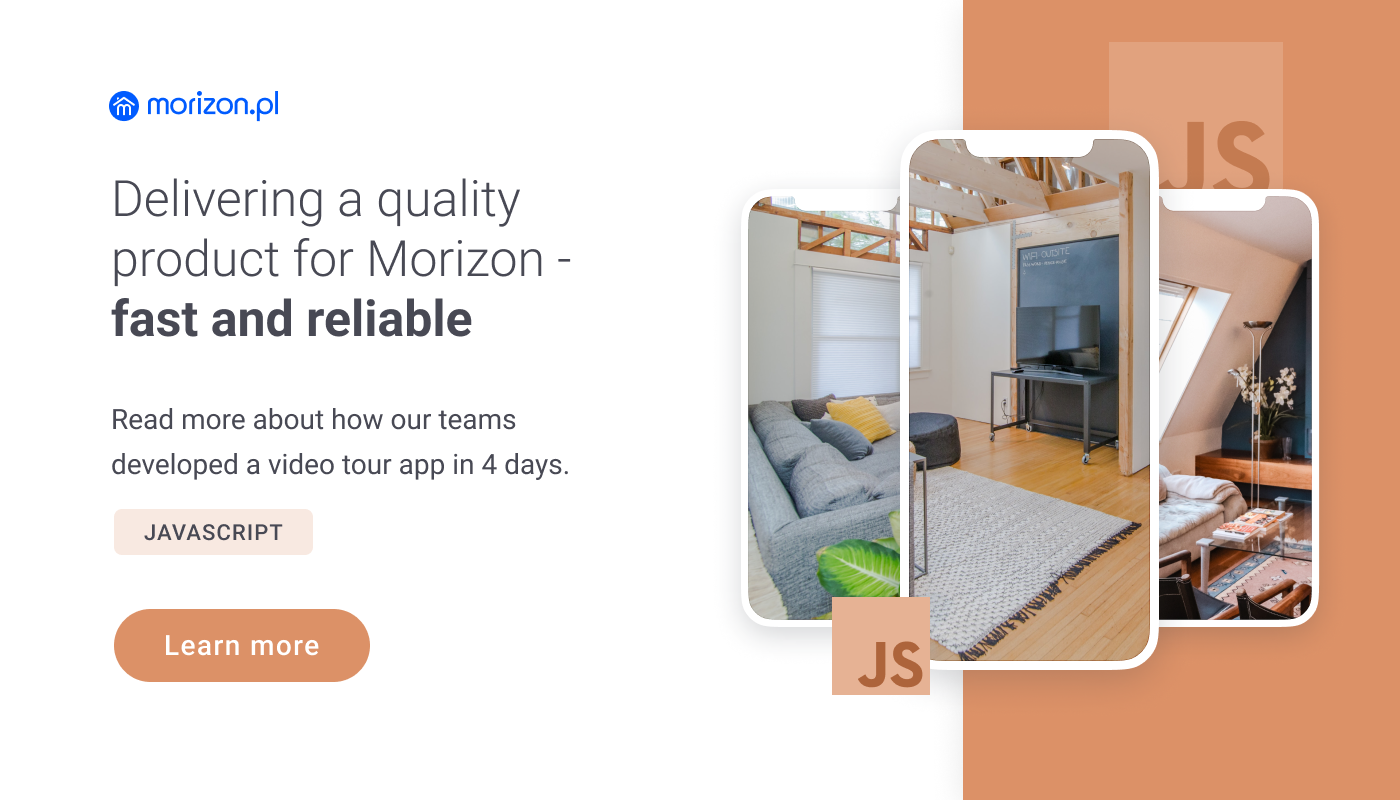The State of Vue.js Report 2025 is now available! Case studies, key trends and community insights.
Table of Contents
With remote working becoming more popular, video conferencing has become a daily part of our lives. Everything from daily standups, to creative brainstorms, even office social events have moved online.
In the rush to migrate online, several companies have embraced the need with open arms — Adobe, Google, Zoom, Cisco, and Slack to name a few. Plenty of players are on the market but we’re here to highlight one in particular: Jitsi.
Why do we want to talk about Jitsi? It’s a free, open-source, flexible solution that can be integrated with your own project or used as a stand-alone service. In our experience, we used Jitsi in a project that allows users to easily take virtual property tours by using unique URLs generated for the video meeting.
Why write about Jitsi?
Not only do we make software, we also appreciate cool projects and a job well done when we see it. Not to mention, as app builders, it’s great to discover an open-source video conferencing solution that we can easily integrate into our projects as a feature.
Jitsi is free, but even by paid platform standards, it packs a lot of features. The flexibility is impressive — you can host your meetings using their infrastructure or, for ultra privacy and bandwidth, use your own servers. On-premises (self-hosted) hosting isn’t unheard of, but it’s normally not free (usually you can start to see options in the third or fourth pricing tier).
When to use Jitsi?
Jitsi works great as a standalone video conferencing tool called Jitsi Meet. Unique URLs are used for meetings, making it simple to create and share them and you don’t even need an account to join. So if you’re looking for a free, easy to use, and stable way to make web calls it’s great, but that’s not the main thing we like about Jitsi.
For us, the potential for open-source integration into new or existing products really gets our gears turning. Building an app that needs a real-time video connection? Jitsi. Maybe you already have an app but a live video component would really take it to the next level? Jitsi. Which brings us to our next point, and possible market opportunity for such capabilities.
Ever since COVID-19 hit businesses and services around the world have got real “hands-off.” Even doctors don’t want to see people face-to-face, they’re doing business over the phone whenever possible. The need for video conferencing has skyrocketed like never before, and it’s not just office meetings that need to relocate to digital spaces.
The applications for live video connections are only as limited as the imagination. Doctor and lawyer visits, cooking, yoga, and dance classes, property tours, tutoring, dating ;) — these are just what comes to mind after a few minutes. Jitsi offers a great possibility to upgrade new, and already existing applications to adapt to this sudden need.
There’s a theory that’s gaining traction: people will not only adapt to this mode of virtual meetings but actually come to prefer it. Whether or not it becomes the mainstream preferred method of doing things in the future there’s already evidence that many people will stick to virtual meetings instead of leaving the house.
What’s Monterail’s experience with Jitsi?
No, we’re not getting paid to promote Jitsi. We have experience implementing Jitsi in one of our projects — the result was awesome.
Morizon.pl, the biggest online real estate marketplace in Poland, came to use with an issue they needed to solve. They were listing well over 300,000 properties at this time, but due to COVID19 restrictions, clients couldn’t visit these locations.
Virtual tours with Morizon. Source
They needed a way for people to see listings from the comfort and safety of their homes. Working together, Monterail and Morizon decided the best solution would be a web and mobile application with a video conferencing feature. This way clients interested in a property could easily link up with the owner or manager for a property tour, regardless of their location.

Jitsi was the obvious choice, the open-source aspect allowed us to quickly integrate it into our code and the ease of use is incredible: the person giving the tour simply shares a unique URL with the prospective buyer, no software installation needed, and they’re off.

Conclusion
At Monterail, we’ve found Jitsi to be a great solution for video conferencing as well as an awesome feature that can take a lot of projects to the next level (quickly). Building our own video conferencing solution from scratch would be time/resource consuming, to say the least. It’s great to have an open-source alternative to Zoom or Google hangouts, this way we were able to provide a production version of the app in only four days.
:quality(90))

:quality(90))